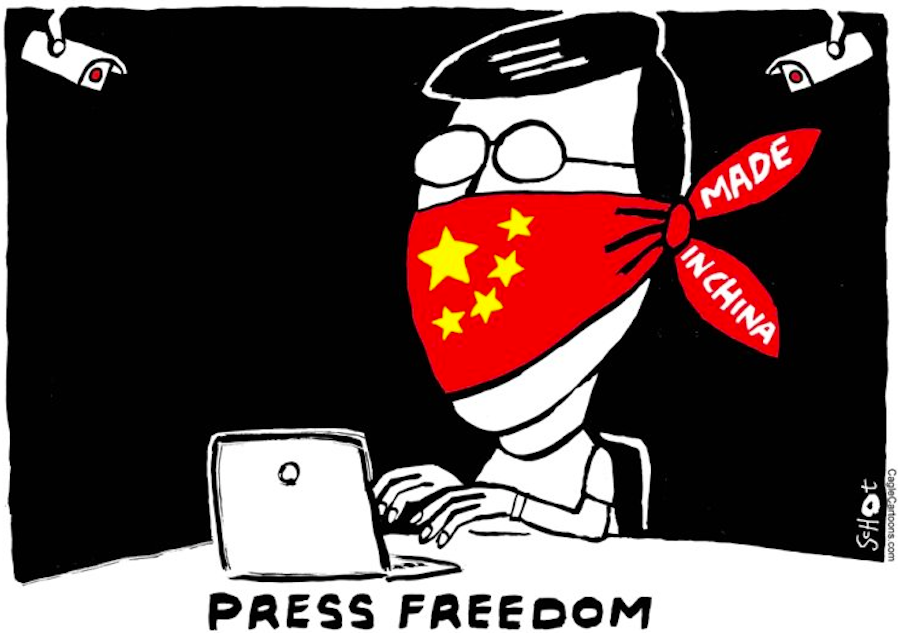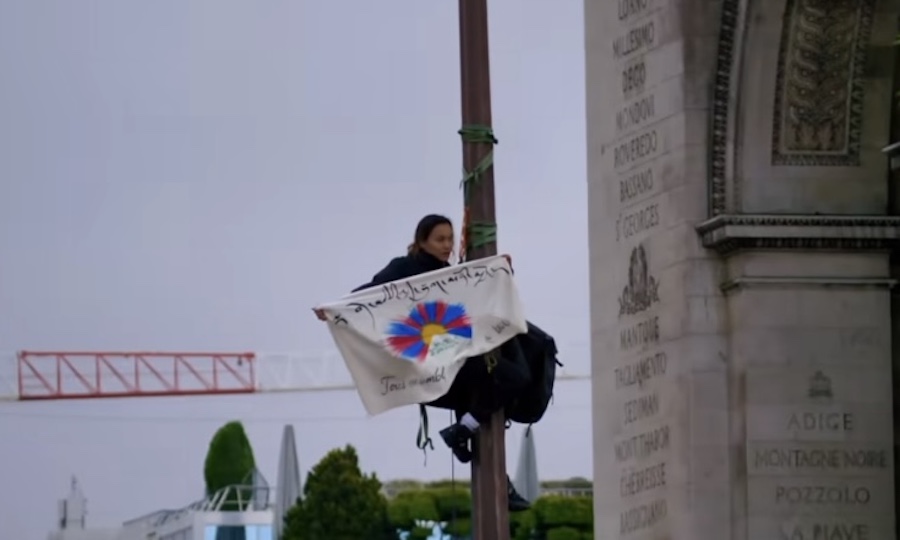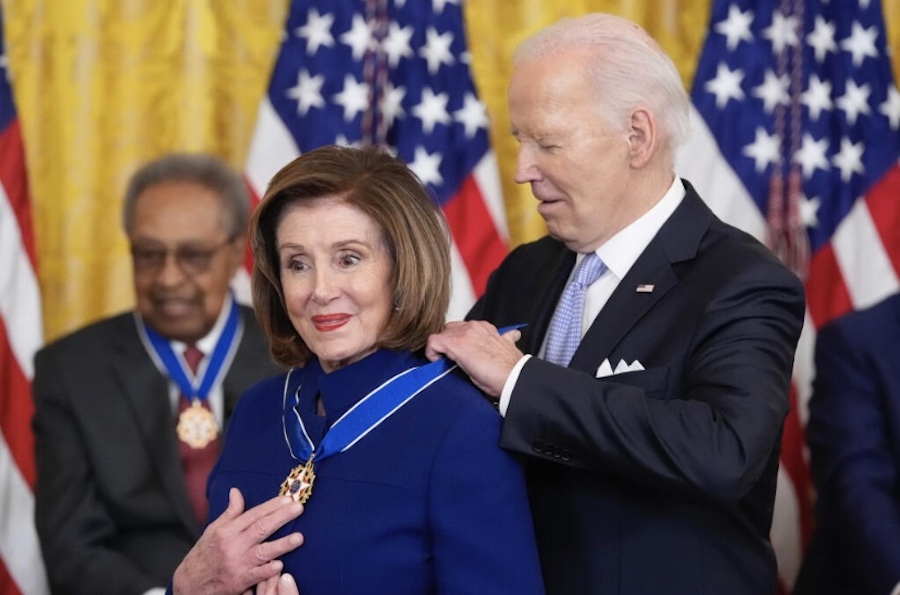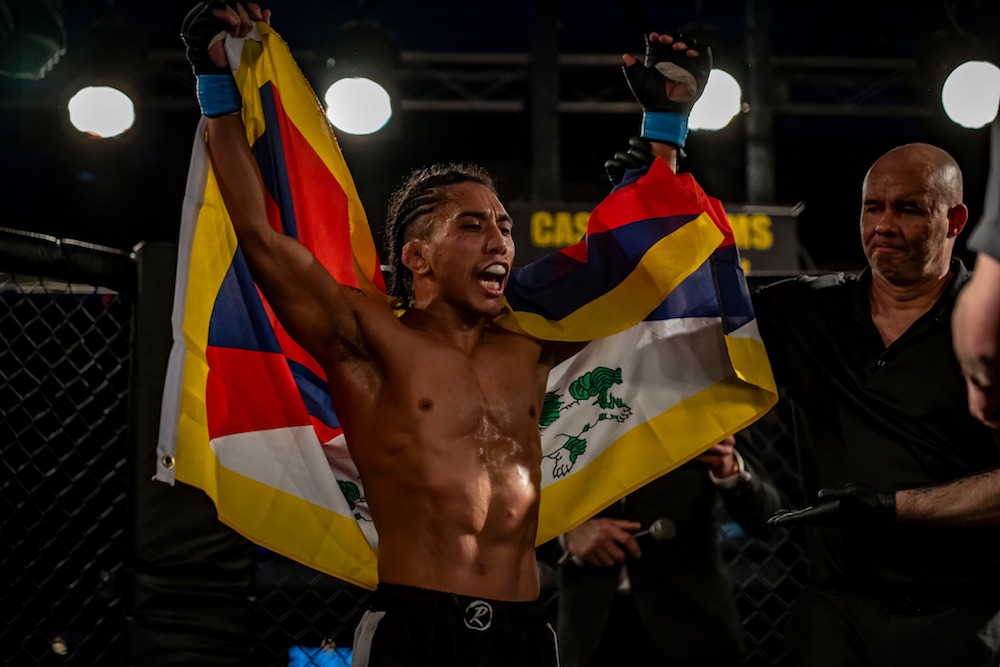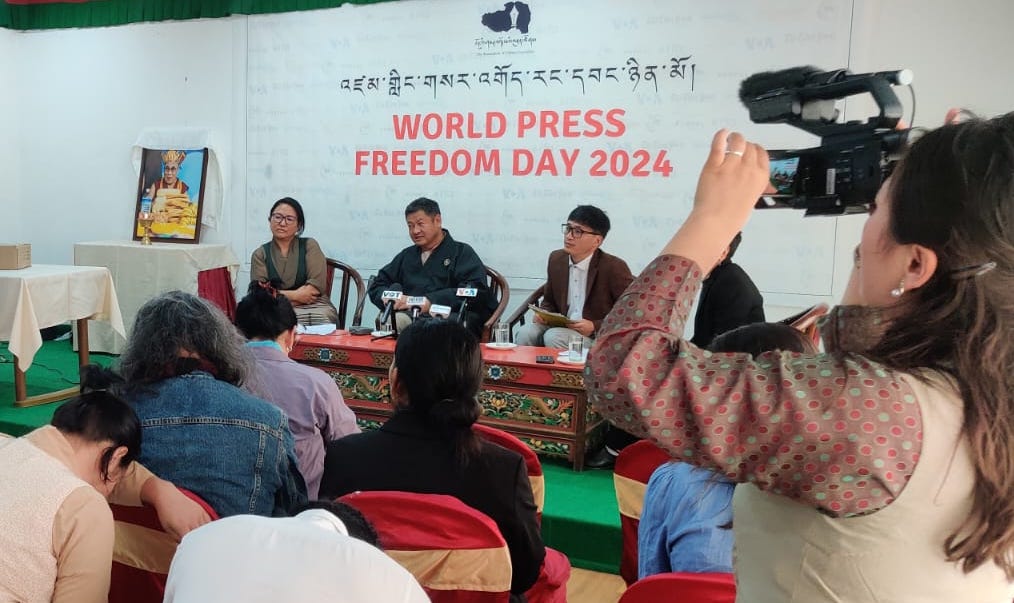By the editorial board of The Tibetan Political Review
Kalon Tripa Lobsang Sangay’s recent trip to Australia — his first to the Land Down Under since his August 2011 inauguration – saw the Tibetan exile leader continue his efforts to raise the global profile of the Tibetan struggle and the Tibetan leadership. It also generated controversy and at least one statement that an Australian reporter called “surprising”.
The Achievement: Profile-Raising
In a speech to the International Tibet Network conference in Washington DC this past March, the Representative of the Office of Tibet in New York informed the audience that the “number one” priority of the new Tibetan administration was to raise the profile of the elected Tibetan leadership. The justification for this is probably the argument that any prestige gained by politicians flows down to the people and the struggle they are elected to represent.
True to this priority, Sangay’s latest trip has generated a series of generally positive news reports. Unfortunately, due to Chinese pressure, Sangay was unable to meet with senior Australian politicians. But Australian news reports have covered the self-immolation crisis, His Holiness’s devolution of power, and Sangay’s election. One article in the Sydney Morning Herald, prominently reprinted on the Tibetan Government-in-Exile’s (TGIE) website, even lauded the Kalon Tripa for his “movie-star looks”.
The Kalon Tripa met with a group of 30 Australian parliamentarians, which shows that, similar to in the U.S., support for Tibet in the Australian legislature remains strong even as the executive branch kowtows to China. As mentioned, the media coverage was overall positive, with the “movie-star” reporter even referring to the “Tibetan government in exile” (sadly, a term that the TGIE itself now shuns). Sangay gave a well-received talk to the National Press Club (NPC) of Australia, where he repeated many of the points he tends to make about his decision to stand for election, his determination to “work very hard”, and the deteriorating situation inside Tibet. At the NPC, Sangay also repeated his Hong Kong-based argument for Tibetan autonomy (which, as noted in a past TPR editorial, is based on a misreading of Article 31 of the Chinese Constitution).
Clearly, the Australia trip has been successful from the perspective of the Tibetan administration’s “number one” priority, as well as raising the profile of the Tibet issue generally. Of course, for the Tibetan cause, the past decades of work show that publicity alone is not the end goal, nor is it a one-shot achievement. The next step of course is to turn this raised profile into concrete policy results.
The Two Controversies: Travelling and an Accusation of Violence
The Kalon Tripa’s trip got off to a bit of a rocky start when, on the eve of his departure, he felt compelled to dismiss “criticisms of my busy travel schedule from certain sections of the society.” He thus chose to shine a public light on the debate over how much the Kalon Tripa should be travelling, the motivation and cost of such travels, the results achieved, and the impact on the day-to-day functioning of the administration. Sangay did not name the “certain sections of society”, and the Tibetan voters will probably now have to wait to hear the other side of this debate.
Once Sangay reached Australia, another comment generated controversy by seeming to equate pro-independence sentiment with being violent and anti-democratic. He was asked in an interview about whether it is getting harder to deal with “younger Tibetan voices” despairing of the TGIE’s “moderate tactics”. He replied: “Yes in some senses because as more time passes, and there’s no progress, it validates the pro-independence argument – ‘see we told you so’. But for us, the values of democracy and non-violence are not negotiable.”
To the blogger Tibettruth, the Kalon Tripa’s statement was no less than slander: “So the lawyer, with a trained exactitude for words, is content to suggest that those Tibetans who are actively support Tibetan independence have less regard for non-violence and democratic values…” Tibettruth argued that the Kalon Tripa’s remarks:
“slander the young Tibetans inside occupied Tibet who take to the streets to demand Tibetan independence and freedoms… By wrongly tainting the demand for Tibetan independence with violence Lobsang Sangay is walking a very dangerous road indeed, alienating himself and his exiled Administration from a deeply held hope of all Tibetans for an independent Tibet, and misrepresenting a Tibetan youth, which is courageously opposing China’s tyranny to demand their country’s rightful independence.”
In our view, this may be taking it a bit far. The Kalon Tripa has clearly refuted Chinese accusations that the self-immolators are terrorists. He said:
“So the Chinese government allegation as though this is a violent act or terrorist act is unfounded because none of the 42 self–immolators have harmed anyone other than themselves.”
Given this, it is more likely that the Kalon Tripa was being careless with his logic rather than maliciously linking pro-independence sentiments with violence. It should be obvious that both sides of the independence/autonomy debate embrace “democracy and non-violence”. However, the Kalon Tripa should be more careful in the future, since China may very well seize on his careless words to “prove” that Tibetan independence supporters are “violent”.
Surprise One: The Kalon Tripa’s Link to the Self-Immolations?
The Kalon Tripa made a notable comment that indicates a certain inward-focus as he approaches his one-year mark in office. According to a reporter for the Sydney Morning Herald, Sangay made a “surprising” statement:
“Sangay’s surprising admission comes when he volunteers this fact: The intensifying outbreak of self-immolations ‘coincides with my election. The final round of voting for my election was March 16. Ninety per cent have coincided with my taking over the leadership.’”
This was the same reporter who cited Sangay’s “movie-star looks” so clearly he was not hostile to the Kalon Tripa. It is likely that the reporter found this assertion “surprising” because it implies a direct and causal link between the self-immolation crisis in Tibet and Sangay’s own tenure in office.
That is one possibility. But it is also possible to cite the statistics that 100% of the self-immolations inside Tibet have been after the 2008 uprising, 95% have been after the immolations first spread beyond Ngaba, and 98% have been after His Holiness’s announcement that he would devolve his political powers.
In short, the reporter was probably surprised because it is far from clear that the self-immolations have much at all to do with the Kalon Tripa’s “taking over the leadership”.
Surprise Two: The Kalon Tripa Leading the “Hardest Phase”?
Sangay’s other surprising statement was that he has taken over the “hardest phase” of the Tibetan struggle: “If you study any movement, the beginning is swift and brutal,” he told the Herald yesterday. In Tibet’s case, it was the Chinese invasion. “And the end is swift and pleasurable – look at the result of the election in Egypt. But the middle phase is always the most difficult.”
Sangay is the uncommon politician who, after campaigning for a job, repeatedly cites its difficulties. Perhaps this is to maintain an air of humility, but conversely there may be a good reason that Barack Obama has decided to avoid the perception that he is complaining about the burdens of the U.S. presidency.
Regardless, it may be historically inaccurate to claim that Sangay’s tenure as Kalon Tripa is the “hardest phase” of the Tibetan struggle. One thinks, for example, of the difficulty faced by Silons Lobsang Tashi and Lukhangwa in seeking a precarious truce with the occupying Chinese forces in the early 1950s, or the early challenges in exile facing His Holiness and the TGIE in the 1960s, such as how to re-settle tens of thousands of refugees. To call the current phase “hardest” either minimizes the great difficulties of the past or suggests a tendency toward self-absorption.
Moreover, to suggest that climaxes of revolutions are “swift and pleasurable” suggests a troublingly weak grasp of current events. To take Sangay’s example, the Egyptian military remains in power one year after the uprisings, new elections almost did not happen, and the presidency (won by a member of the Muslim Brotherhood) has been stripped of most of its powers by the military junta, the Supreme Council of the Armed Forces. Tahrir Square is in turmoil again.
History shows that the process of revolution is, sadly, usually anything but “swift and pleasurable.” A leader who does not understand this axiom of history risks being unprepared when their own people’s chance at change comes. Given Sangay’s academic degrees and qualifications, it is possible that he was misquoted; if so, it would benefit the image of the Tibetan people for their leader to correct a misquote that suggests unfortunate naivety.
Conclusion
For such a short trip, the Kalon Tripa’s Australia visit generated two controversies and two “surprising” statements, along with the generally positive media coverage for the Tibetan struggle and the leadership. No doubt there were other notable developments that this editorial has not covered, and we welcome further thoughts via articles, letters to the editor, or the new TPR discussion forum.
Article submitted by the Editorial Board of the Tibetan Political Review
[OPINION-DISCLAIMER]





